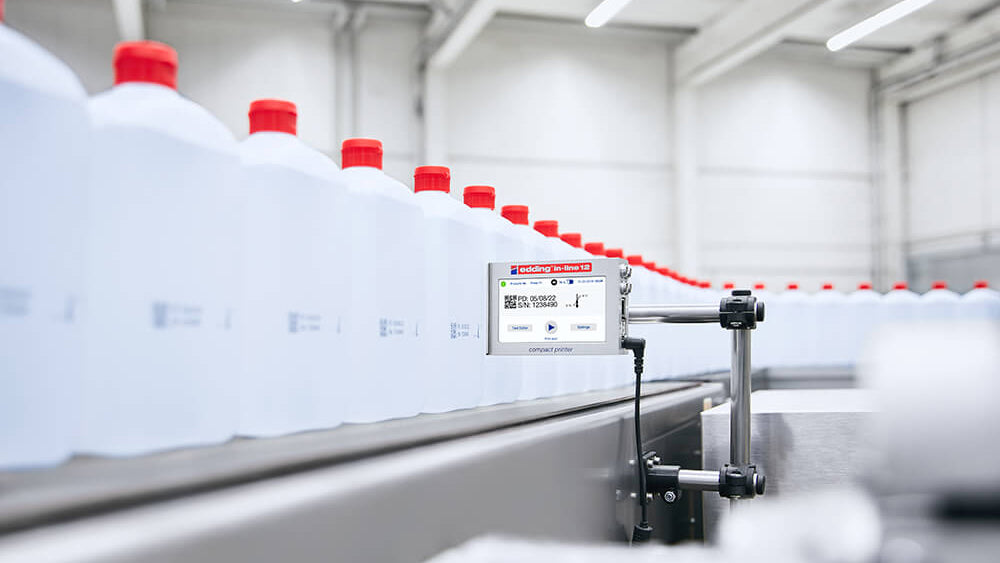Guaranteeing the quality, safety and authenticity of a product is of critical importance to food and beverage manufacturers.
The addition of batch numbers, barcodes and relevant dates to food and drink packaging enable them to quickly trace their products wherever they are in the world in the event of a recall; and help to protect supply chain integrity by quickly identifying whether a product is a counterfeit.
Traceability is not just important for multinational brands. It’s also crucial for small and medium-sized manufacturers.
Food safety accreditation is often a key requirement for companies to sell their products via retailers and online channels. And to achieve that accreditation they must demonstrate they have clear end-to-end visibility of their supply chain; able to quickly and easily identify where their products have come from and where they are going to. That traceability can come from linear 1D or Datamatrix 2D barcodes, batch numbers and manufacturing date information.
For consumers, food traceability and date information give them confidence in a brand; and help to protect their health. Best Before and Use By dates on packaging give them the information they need to ensure a product is still at optimum quality and healthy for them to consume.
How to apply it?
There are a number of different methods for adding this information; whether it is applied in the primary stage of production (coming into contact with the food or drink), secondary (outer boxes and packaging) or tertiary (once the products are palletised). Some write it by hand, others use printed labels or stickers. However, a more cost and time effective approach is to semi-automate the process by using an industry technology such as inkjet or laser printing or print-and-apply labelling.
Whatever the size of company, semi-automation offers the opportunity to cut operational and consumables costs significantly. Obviously, it’s also labour-saving compared to applying labels to products and packaging by hand. But, perhaps the most important benefit is that semi-automation significantly reduces the chance of human error.
The risk of getting labelling and coding wrong can be costly – and not just to reputation. If poorly coded packaging reaches a retailer it can cost a small business anywhere from £1,000 - £10,000 per pallet. Retailers are understandably quick to return pallets of goods if barcodes cannot be scanned, text codes are unreadable, or labels are missing or have been defaced.
edding compact printers have been designed to meet the rigorous safety standards of the food and beverage production line. They are versatile and easy to use whether manufacturers process manually, use automated fillers, flow wrappers, form sealers, vacuum packing.
If you are looking for guidance on a project involving labelling, printing or coding, get in touch with us







